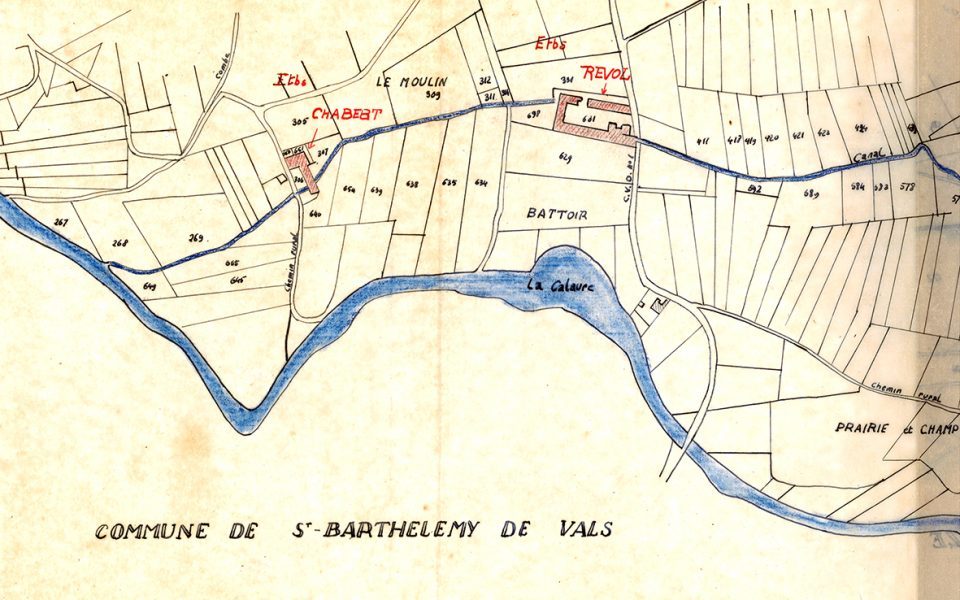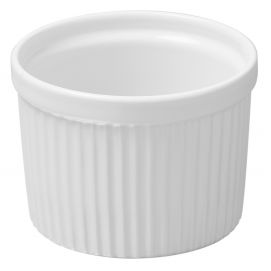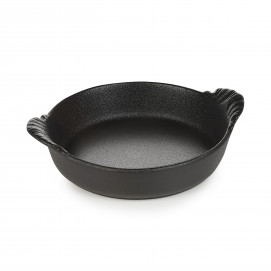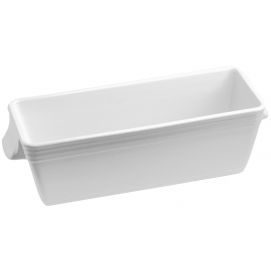Prior to the discovery of the marriage contract of founders Pierre Revol and Madeleine Carrier, the story had it that it was their son Joseph Marie who started the firm. The lucky young man was said to have had a lightbulb moment one stormy day in 1789 after seeing thick white mud flowing through the streets of his home town, along with the rain. This chance discovery of kaolin, the basis of ceramics, was said to have led to the opening of the factory.
As romanticised as it is, the story does emphasise the importance of the soil of the Drôme and its intrinsic richness – the base of the factory’s first porcelain and its main material for another 250 years of craftsmanship…

As romanticised as it is, the story does emphasise the importance of the soil of the Drôme and its intrinsic richness – the base of the factory’s first porcelain and its main material for another 250 years of craftsmanship…
Rooted for more than two centuries in its lush, undulating landscape, Revol remains more faithful than ever to what gave it its initial impetus. And while the industry, with its ever-more refined output and techniques, now has to source the best-quality material from oversees, it remains deeply rooted in the countryside of its native Drôme.
Its buildings and equipment have of course been modernised as the industry has evolved and new techniques have come into play, yet Revol remains one of the few ceramicists in the region. A provider of jobs, founder of careers and repository of skills refined by generations of workers, the factory is tied to its region by links as strong as those of Madeleine and Pierre’s marriage.
1803-1807 – LAND REGISTER SAINT-UZE : CURRENT LOCATION OF THE FACTORY
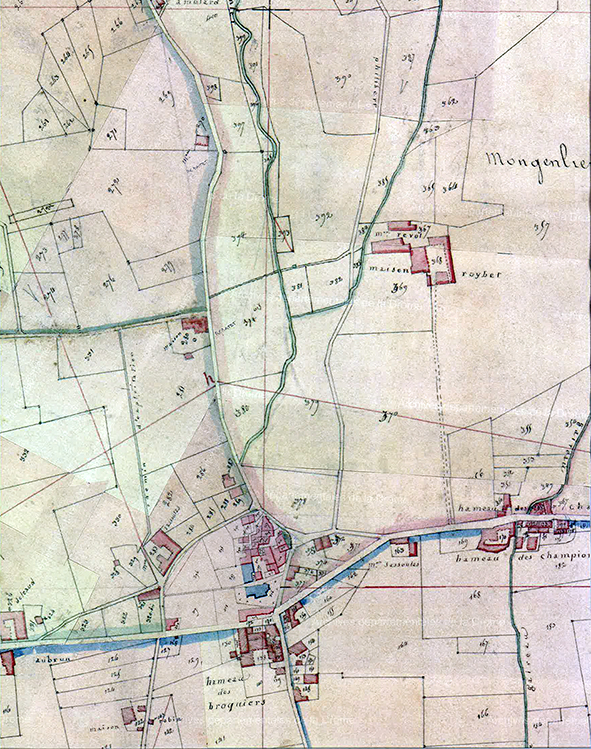
At the turn of the 17th century, the Revols built another factory in Saint-Uze, at a place called Montgenlier. It is on the foundations of this new factory that the Revol company’s current factory now stands. In the Napoleonic land register of 1807-1826, you can see the original buildings for which the name « Revol » was added to « Maison Roybet ».
1803-1807 – CADASTRE PONSAS
If you’re interested in the history of Revol, you may have come across the name Ponsas. It’s the place where Pierre and Madeleine created their very first workshop. The Carrier family settled in this Gallo-Roman village in the 17th century and has been living here ever since. The village is located at the very birthplace of northern Drôme’s ceramics, where archaeologists found a number of pottery workshops dating back to medieval times. This area was geologically ideal for the production of ceramics, yielding all the necessary raw materials.
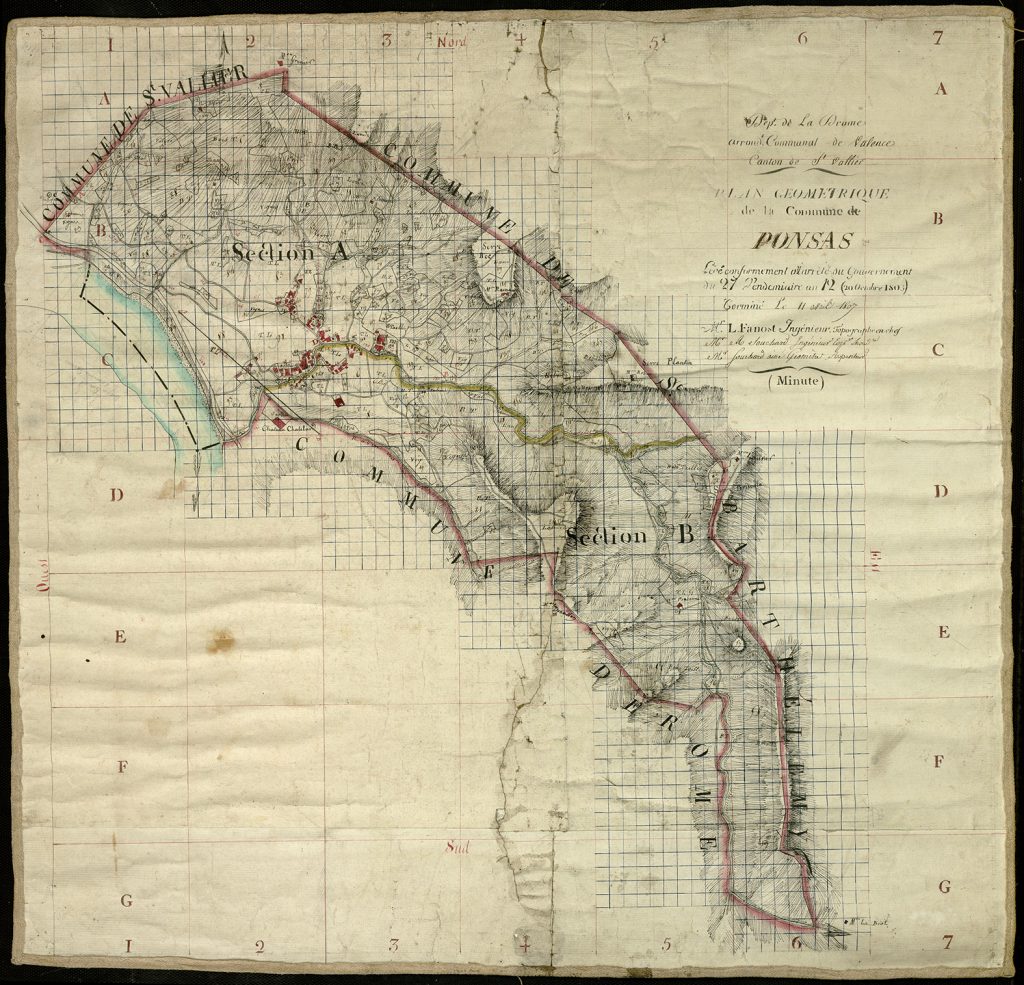
1950 – MAP OD THE SAINT-UZE CANAL: LOCATION OF THE FACTORY THAT PREPARED THE PASTES AND ENAMELS

Joseph-Marie has become a savvy businessman. To expand the business, he wants to make the factory as self-sufficient as possible. He starts off by gaining permanent rights, in 1812, to extract local deposits of kaolin, known as white earth: an essential component in the manufacture of sandstone. Then, in 1829, he goes on to buy Le Battoir, site of the former flour and oil mill, on the banks of the canal branching off from the Galaure river, for the preparation of pastes and enamels.
1905 – POSTCARD SHOWING THE SAINT-UZE BRIDGE WITH VIEW OVER THE RAILWAY LINE
Hector Revol, 4th-generation company director, was only 25 when he took charge of the business. Meanwhile, he also served as town mayor, a post he held for 22 years. Hector was to play a key role in the construction of a railway line in the Galaure valley in 1892. Amongst other things, this railway line allowed easier access to the factory, facilitating the delivery of the vast quantities of carbon required in firing the pieces.
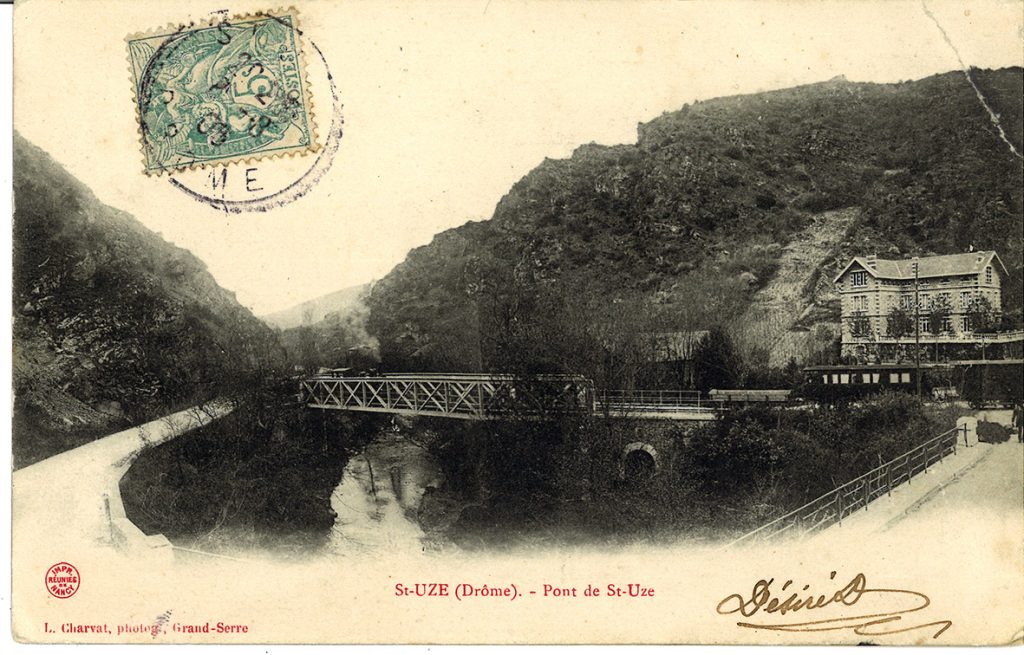
XXE – PHOTOGRAPHIC VIEW OF THE CHÂTEAU DE MONTGENLIER
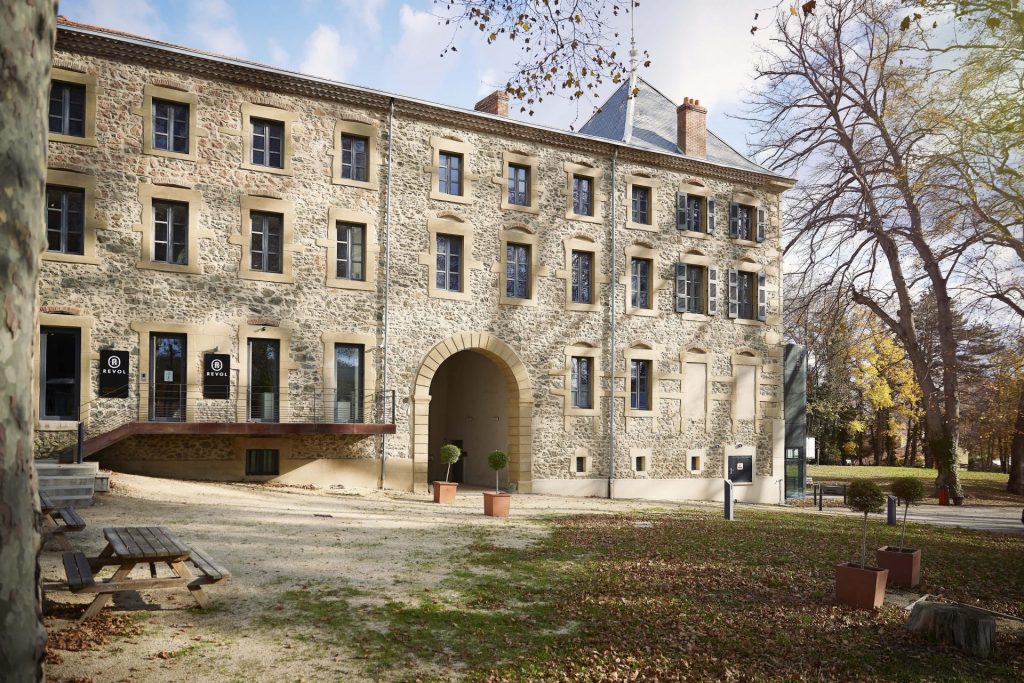
Over the first half of the 20th century, as the factory continues to grow commercially, the Revol family rises in society. Gustave Revol leaves another footprint on the local landscape. He has a large family residence built beside the factory, which he names Château de Montgenlier. Although the family no longer lives there, the Château now houses the company’s offices.

